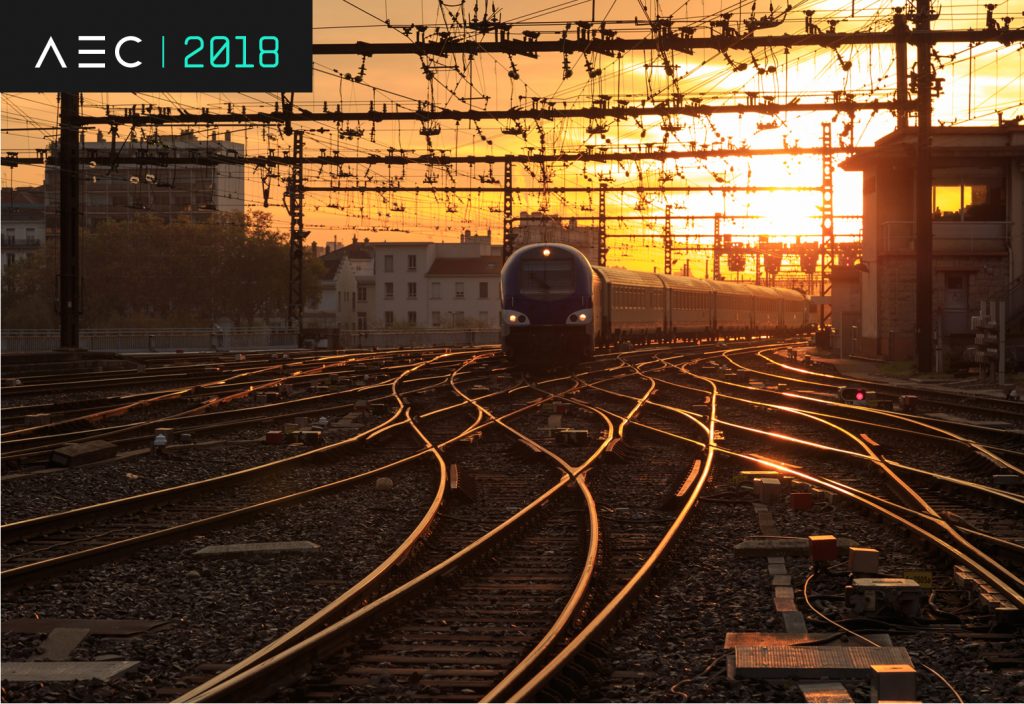“When thinking about building another rail line, or another road, or another piece of the electricity grid, you need to consider what it means for the networks,” says Sir Rod Eddington, a keynote speaker at the upcoming Australian Engineering Conference.
Transportation is one of the big-ticket items in Australia’s $100 billion public infrastructure pipeline. Data from industry research and forecasting consultancy Macromonitor predicts the annual spend on road and rail projects alone will reach $16 billion by 2020, and the Federal Government’s latest budget included a $75 billion allocation for significant transport infrastructure projects over the next decade.
This is all welcome news for Sir Rod Eddington, former chairman of government body Infrastructure Australia, who believes the liveability of our cities rests upon smart transport infrastructure. Eddington will share his views on the future of our cities at this year’s Australian Engineering Conference, where he will be interviewed by WA Scientist of the Year Peter Newman, whom he worked with at Infrastructure Australia.
“Cities are seen as more attractive places to live for a whole series of reasons, despite the challenges that living in them brings: the cost of housing, congestion, availability of services, commutability,” Eddington said.
“The bottom line is, we didn’t invest in our rail networks for a long time. As the cities get bigger and more congested, the best way to move large numbers of people down narrow corridors is rail.”
Eddington is considered a leading expert in infrastructure. A non-executive chairman at J.P. Morgan, he studied engineering at the University of Western Australia and completed a Rhodes Scholarship before beginning a career in transport and aviation in 1979. He went on to become CEO of Cathay Pacific, Ansett Airlines and British Airways.
When it comes to transport infrastructure, Eddington stresses a need to be “modally agnostic”. In 2006, he completed a study for the British Government on the links between transport and the economy. He wrote a similar independent report for the Victorian Government in 2008, which identified a need for a major city road tunnel, an underground rail link and a new western suburbs line for Melbourne.
“I’m not suggesting road is a better solution than rail, but in terms of relieving congestion in big cities, investment in the right rail networks is fundamental,” he said.
“As the motor car arrived, rail patronage either stalled or fell a bit and, as a result, we took our eye off the rail ball particularly. Roads are an important part of the jigsaw too, but inner cities only work if you have the right rail network as well as the right road network. When cities get to about the size of where Melbourne is now, you need an urban rail network to compliment the suburban rail network. The state of Victoria is beginning to build the first of what it calls its metro lines.”
A reason for high-speed rail?
While rail infrastructure was a significant feature of the latest Federal Budget, including $1.1 billion for Perth’s Metronet, $475 million for Melbourne’s Monash rail connection and $220 million for Adelaide’s Gawler rail line electrification, Australia is yet to get on track with the high-speed variety. Indeed, Eddington questions the role of high-speed rail between centres such as Sydney and Melbourne.
“What would that do to help people to get into work in Melbourne or Sydney from the suburbs any quicker?,” he asked.
“How much would it cost and what else could you do with rail networks for the money? If the major challenges are around city congestion and getting people to move freely and easily around the city, then that’s where the spend should go.
“There might be different rail projects that have merit [and] you have to look at all of them and then decide where you’re going to allocate capital. Are you going to invest in all the rail networks in Sydney, Melbourne and Brisbane? What about improved rural and regional rail?
“What about better rail networks to our ports and our airports? You just can’t jump on a solution [such as] a high-speed rail between Sydney and Melbourne and think that’s a good idea, because you need to look at the alternative spends and the alternative needs. Nobody says they can’t get from Sydney to Melbourne, but what they do say is, ‘I can’t get on a train from the suburbs of Melbourne into work in the morning’.”
This topic is sure to make for interesting conversation at this year’s Australian Engineering Conference, when Eddington takes to the stage with Newman, a proponent of high-speed rail. Eddington is certainly up for the debate.
“You need to think about infrastructure in the context of networks, not in the context of single pieces of the jigsaw,” he said.
“When thinking about building another rail line, or another road, or another piece of the electricity grid, you need to consider what it means for the networks. Individual pieces of the network must work for one another.”
Sir Rod Eddington will be speaking about advancing Australia’s urban liveability, workability and sustainability at the Australian Engineering Conference 17-19 September in Sydney. To register, click here.
